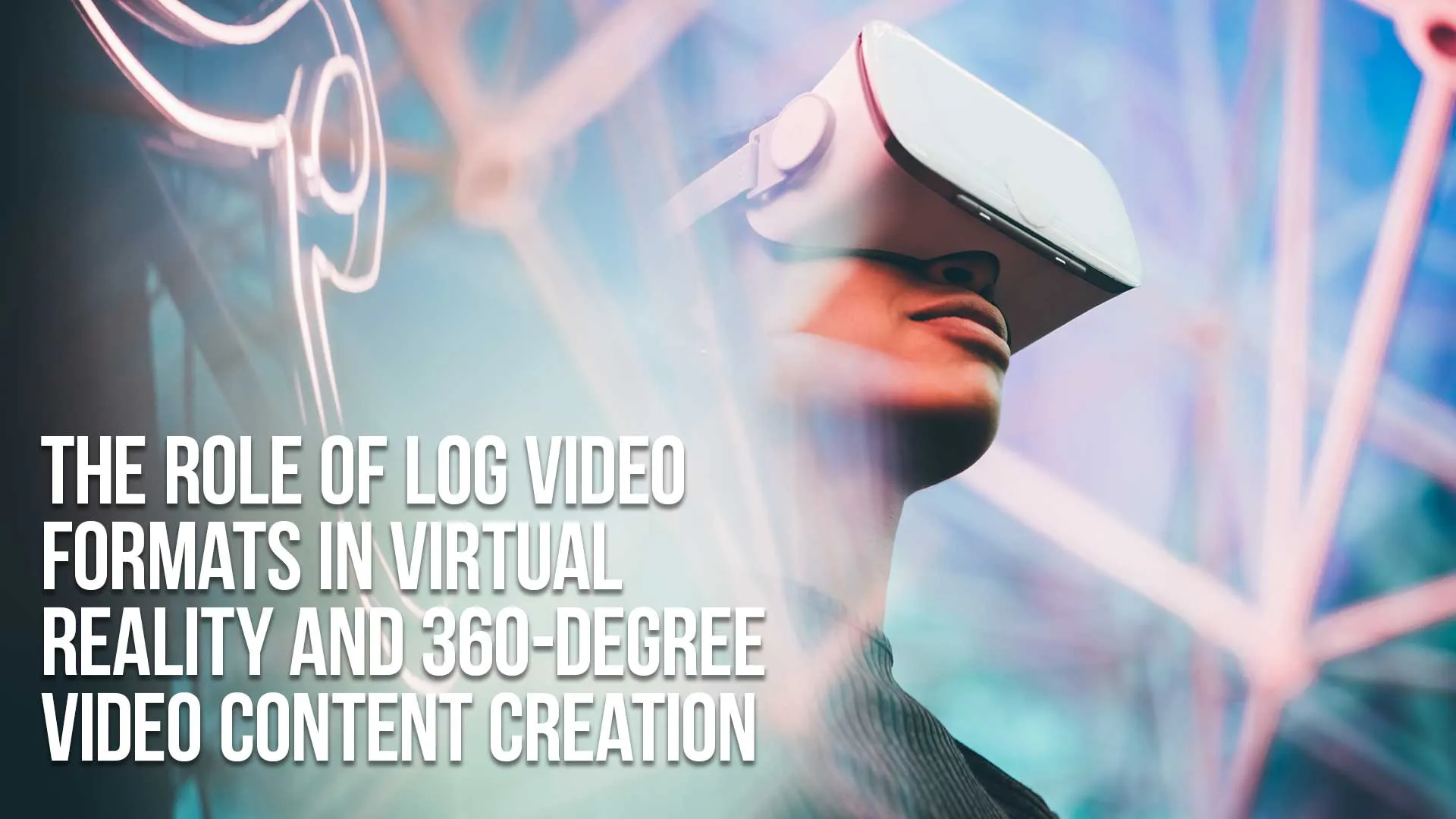Virtual reality (VR) and 360-degree video are becoming increasingly popular as people crave immersive experiences.
However, creating such content requires a different approach than traditional video production.
One essential aspect of VR and 360-degree video content creation is the use of log video formats.
In this article, we'll explore the role of log video formats in VR and 360-degree video content creation and how they impact the final product's visual quality.
Table of Contents
- What Are Log Video Formats?
- The Importance Of Log Video Formats In VR And 360-Degree Video
- Types Of Log Video Formats
- Benefits Of Using Log Video Formats
- Limitations Of Using Log Video Formats
- Tips For Working With Log Video Formats
- Choosing The Right Log Video Format
- Conclusion
- Log Video Formats And VR FAQ
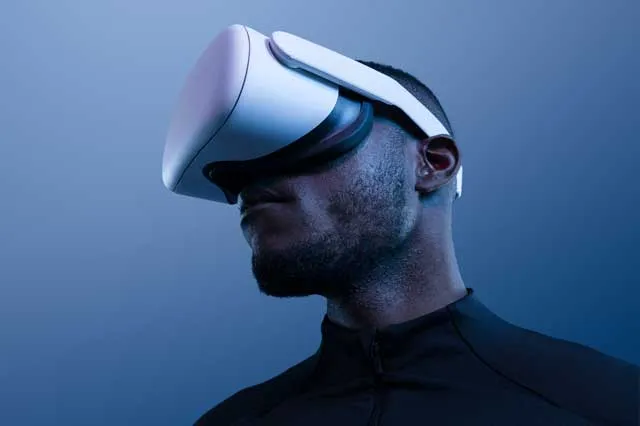
What Are Log Video Formats?
Log video formats are a type of video format that captures a higher dynamic range than standard video formats.
Dynamic range refers to the difference between the darkest and brightest parts of an image.
Log video formats are designed to capture more information in the highlights and shadows, providing more flexibility during the post-production process.

The Importance of Log Video Formats in VR and 360-degree Video
VR and 360-degree video content creation require capturing a complete 360-degree view of the environment.
Capturing this view means that there is an increased likelihood of encountering both bright and dark areas in the scene, such as the sun or a dark room's shadows.
Log video formats help to ensure that the captured footage can retain the details in the highlights and shadows, which is essential for creating high-quality VR and 360-degree videos.
Without log video formats, it would be difficult to capture and retain the same level of detail and contrast that we see in real life.
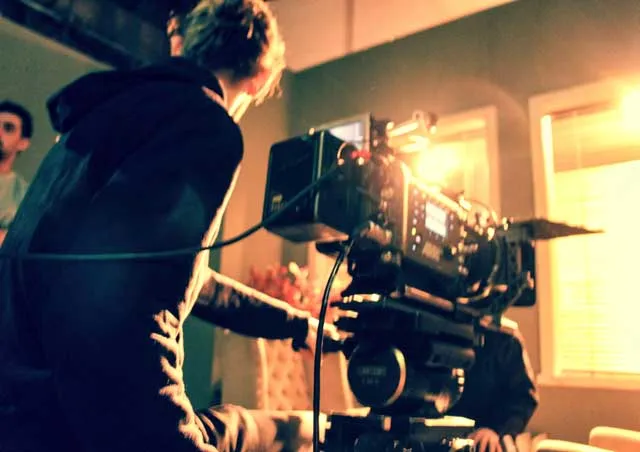
Types of Log Video Formats
There are several types of log video formats, including S-Log from Sony, Log C from ARRI, and V-Log from Panasonic.
Each format has its own unique characteristics and is compatible with specific cameras.
As a result, it is crucial to choose the right log video format for the camera you are using.

Benefits of Using Log Video Formats
Using log video formats in VR and 360-degree video content creation provides several benefits.
Firstly, log video formats offer a more extensive dynamic range, providing more flexibility during the post-production process.
Secondly, log video formats can capture more details in the highlights and shadows, resulting in a higher quality final product.
Finally, log video formats are essential when color grading to ensure that the final product retains its intended look and feel.
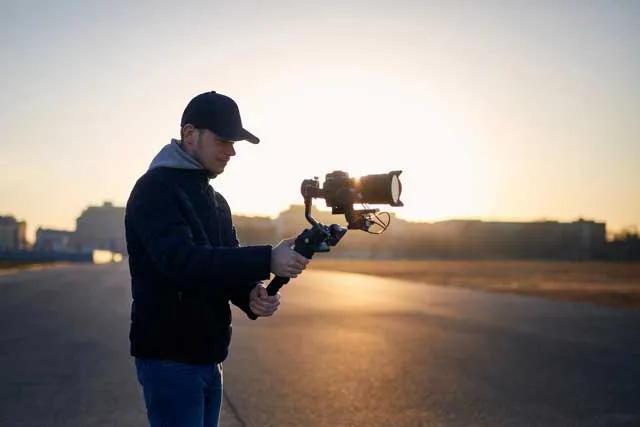
Limitations of Using Log Video Formats
While log video formats provide several benefits, there are also some limitations.
One of the most significant limitations is that log video formats require more processing power and storage space than standard video formats.
As a result, working with log video formats can be more time-consuming and resource-intensive.
Additionally, working with log video formats requires a more advanced skill set than working with standard video formats.

Tips for Working with Log Video Formats
When working with log video formats, there are several tips to keep in mind to achieve the best results.
Firstly, it is essential to ensure that the camera settings are correctly configured to capture the footage in the desired log video format.
Secondly, it is important to expose the footage correctly to capture the maximum amount of details in the highlights and shadows.
Finally, it is crucial to color grade the footage to achieve the desired look and feel.
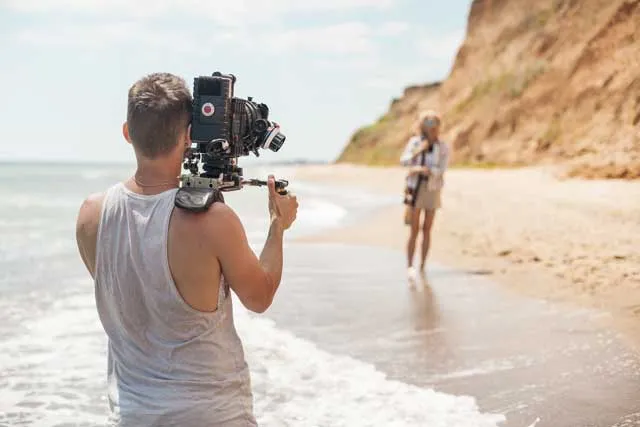
Choosing the Right Log Video Format
Choosing the right log video format is crucial for achieving the desired results.
Here are some factors to consider when selecting a log video format:
Camera Compatibility
Not all log video formats are compatible with all cameras. It is essential to choose a log video format that is compatible with the camera you are using to ensure that the footage can be captured and edited correctly.
Post-Production Workflow
Different log video formats may require different post-production workflows. Some log video formats may require more time and resources to edit and color grade, while others may be more straightforward.
It is important to consider the post-production workflow when choosing a log video format.
Desired Look and Feel
Different log video formats may produce different looks and feels. Some log video formats may have a more cinematic look, while others may have a more natural or neutral look.
It is important to choose a log video format that aligns with the desired look and feel of the final product.
Budget
Some log video formats may be more expensive than others, depending on the camera and post-production workflow.
It is important to consider the budget when choosing a log video format.
Conclusion
Log video formats are an essential aspect of VR and 360-degree video content creation.
They provide a higher dynamic range, allowing for more flexibility during the post-production process, and retain details in the highlights and shadows, resulting in a higher quality final product.
When working with log video formats, it is crucial to choose the right format for your camera and keep in mind the limitations and tips for working with them.
Log Video Formats and VR FAQ
Why is dynamic range important in VR and 360-degree video?
VR and 360-degree video require capturing a complete 360-degree view of the environment, which often includes both bright and dark areas in the scene. Capturing a higher dynamic range ensures that the footage retains details in both the highlights and shadows, resulting in a higher quality final product.
What is color grading?
Color grading is the process of adjusting the color and tone of a video to achieve a specific look and feel. It is often used to enhance the visual aesthetic of the footage and can be an essential part of the post-production process.
Can log video formats be used for traditional video production?
Yes, log video formats can be used for traditional video production. However, they are most commonly used for VR and 360-degree video content creation, where capturing a higher dynamic range is essential.
What cameras are compatible with log video formats?
There are several cameras that are compatible with log video formats, including Sony, ARRI, and Panasonic cameras. It is important to choose the right log video format for the camera you are using to ensure compatibility and achieve the desired results.
Are log video formats more expensive than standard video formats?
Log video formats are not more expensive than standard video formats. However, they do require more processing power and storage space, which can make working with them more time-consuming and resource-intensive.
What is the difference between log video formats and standard video formats?
Log video formats capture a higher dynamic range than standard video formats, which allows for more flexibility during the post-production process and retains more details in the highlights and shadows. Standard video formats, on the other hand, have a lower dynamic range and may not retain the same level of detail.
Can log video formats be used for live streaming?
Log video formats can be used for live streaming, but they require more processing power and storage space than standard video formats. As a result, live streaming with log video formats may be more challenging and require more advanced equipment.
What software is required to work with log video formats?
Most video editing software supports log video formats, including Adobe Premiere Pro, Final Cut Pro, and DaVinci Resolve. However, it is important to check the software's specifications to ensure compatibility with your specific log video format.
What are some common mistakes when working with log video formats?
Common mistakes when working with log video formats include incorrect camera settings, incorrect exposure, and incorrect color grading. It is important to ensure that the camera settings are correctly configured, expose the footage correctly, and color grade the footage appropriately to achieve the desired results.
Can log video formats be used for all types of video content?
Log video formats can be used for all types of video content, but they are most commonly used for content that requires a higher dynamic range, such as VR and 360-degree video. For other types of video content, standard video formats may be sufficient.

About the Author
Joseph Nilo has been working professionally in all aspects of audio and video production for over twenty years. His day-to-day work finds him working as a video editor, 2D and 3D motion graphics designer, voiceover artist and audio engineer, and colorist for corporate projects and feature films.
Parent Article:
Log Video Formats Reference Guide
Related Articles:
The Evolution of Log Video Formats
Demystifying Log Video Formats
Log Video Formats vs. Traditional Video Formats
Top 10 Log Video Format Cameras
Color Grading Techniques for Log Video Formats
The Impact of Log Video Formats on Modern Cinematography
Mastering Post-Production Workflows for Log Video Formats
Best Practices for Archiving and Storing Log Video Format Files
Video Editing Related Posts
Adobe Creative Cloud for Video Editing
Top 10 Video Editing Software for Mac
The Benefits of Dual-Monitor Setups for Video Editing
How to Choose the Right Video Editing Monitor for Your Needs
Best Monitors for Video Editing
Best Video Editing Software in 2023
Best Mac for Video Editing in 2023
(Almost) 50 Mistakes Every New Video Producer Makes
Breakthrough AI Tools: Elevate Your Video Production Game!
- What Are Log Video Formats?
- The Importance Of Log Video Formats In VR And 360-Degree Video
- Types Of Log Video Formats
- Benefits Of Using Log Video Formats
- Limitations Of Using Log Video Formats
- Tips For Working With Log Video Formats
- Choosing The Right Log Video Format
- Conclusion
- Log Video Formats And VR FAQ
Parent Article:
Log Video Formats Reference Guide
Related Articles:
The Evolution of Log Video Formats
Demystifying Log Video Formats
Log Video Formats vs. Traditional Video Formats
Top 10 Log Video Format Cameras
Color Grading Techniques for Log Video Formats
The Impact of Log Video Formats on Modern Cinematography
Mastering Post-Production Workflows for Log Video Formats
Best Practices for Archiving and Storing Log Video Format Files
Video Editing Related Posts
Adobe Creative Cloud for Video Editing
Top 10 Video Editing Software for Mac
The Benefits of Dual-Monitor Setups for Video Editing
How to Choose the Right Video Editing Monitor for Your Needs
Best Monitors for Video Editing
Best Video Editing Software in 2023
Best Mac for Video Editing in 2023
(Almost) 50 Mistakes Every New Video Producer Makes
Breakthrough AI Tools: Elevate Your Video Production Game!
